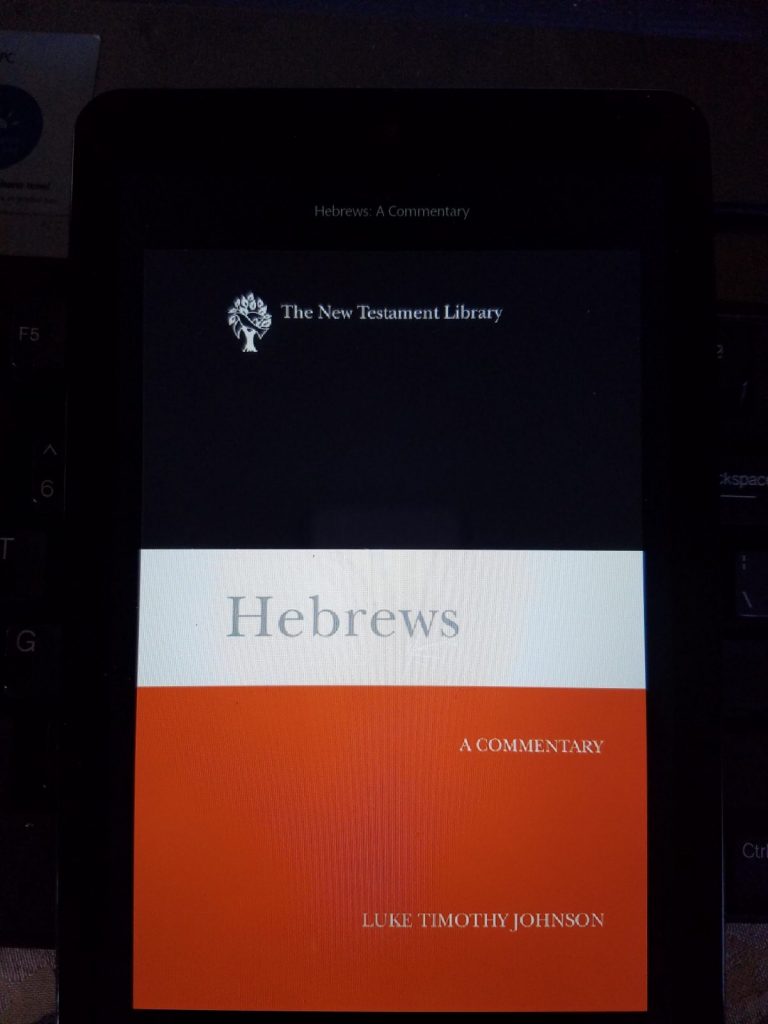Isaiah 24-27 – Starting Form Criticism
Form Criticism involves identifying smaller units in a composition that might have been transmitted separately, especially orally, prior to being included in the composition you are studying. There are quite a number of sections in our selection (Isaiah 24-27) that can be examined in this way.
Since I am writing this series to help people examine the results of critical Biblical scholarship critically, let me suggest that you try at least part of this process on your own. I will assume you are working from English Bible versions, though I will comment some from the Hebrew text. Here’s a simple process to use:
- Read the entire passage a couple of times to get used to it.
- Read the entire passage more slowly, looking for transitions. Transitions might include:
- Change from prose to poetry and vice versa
- Change of topic, such as from praise to warning
- Transitional phrases, such as “thus says the Lord”
- Substantial changes in style and vocabulary (these are usually very hard to detect in the short units involved in form criticism)
- Check your work reading from another version. It is possible for transitions to be obscured by translation. It is also sometimes quite arbitrary whether passages are rendered as prose or poetry
- Examine each section marked off by the transitions you noted, asking:
- Is this a passage that could have existed independently? Would it have made sense either without context or in multiple contexts?
- How tightly is it integrated into the passage?
- What might you call this? Don’t be worried at this point about formal names of Biblical forms. Just come up with something descriptive, such as “hymn/poem of praise,” “oracle of judgment,” “Promise of blessing,” and so forth.
- Ask yourself how each of these sections advances the theme of the passage as a whole
Once you have done these things you are ready to look at commentaries, or just at the discussion below. As you examine these passages as part of the whole, consider that someone, somewhere thought they worked together, otherwise we would not have them edited into a substantial document such as the book of Isaiah, or this large section of it.
Now for a look at transitions (I add “user friendly” titles for sections in bold):
- 24:1 – changes from prose to poetry at the beginning of the passage as a whole
- 24:3 – verse ends with “for YHWH has spoken this word” creating a section of 24:1-3. Note, however, that the topic continues in verse 4
- 24:14 – Topic change from destruction to a song of praise, though it ends on a negative note
- 24:1-13 could be called an oracle of judgment
- 24:17 – Topic change to judgment again.
- 24:14-16 could be called short hymn/poem of praise to God, though consider the last half of verse 16 and just how it relates to the rest.
- 25:1 – Topic change again to a hymn of praise.
- 24:17-23 could be called either an oracle of judgment, or a prediction of end-time events
- 25:6 – Topic change, prediction, promise of future blessing
- 25:1-5 could be called a hymn of praise
- 25:10b – Topic change, prediction of judgment on Moab
- 25:6-10a could be called a promise or prediction of blessing
- 26:1 – Topic change, the song to be sung in Judah
- 25:10b-12 could be called an oracle of prediction of judgment
- 27:1 – Topic and form change, punishing of Leviathan, turn to cosmological imagery
- 26:1-21 could be called a song of lament for the community.
(Note that treating this whole chapter as a unity is not accepted by many commentators. I will look at some of the differences in my next post as well as explaining why I see it as a unit - 27:2 – Form change back to poetry
- Despite the change in form from prose (v1) to poetry (v2), 27:1 doesn’t appear to be a separate unit, but rather an introduction to verses 2-6
- 27:7 – Topic change, poetry now describes a situation of judgment
- 27:1-6 could be called a promise of restoration
- 27:12 – Change topic and form from judgment expressed as poetry to promise expressed as prose
- 27:7-11 could be called both a warning and description of judgment
- 27:12-13 contain a promise of restoration in prose form.
Now all of this may seem rather complex, but it is the type of work, in very summary form and with selected terminology, that Bible critics do. If you think I am attempting either to support or to oppose the value of such work in this example, you’re missing the point. I am simply attempting to show you the nuts and bolts that go into critical claims, claims that are both asserted and rejected often without consideration of how their proponents arrived at them.
In my next post I’m going to look at some of the suggested divisions by commentators, and I’m also going to discuss what, if anything, we have accomplished in all this activity. As we proceed through the other critical methods we will continue to ask just what of value each one has contributed to our understanding of this passage.

